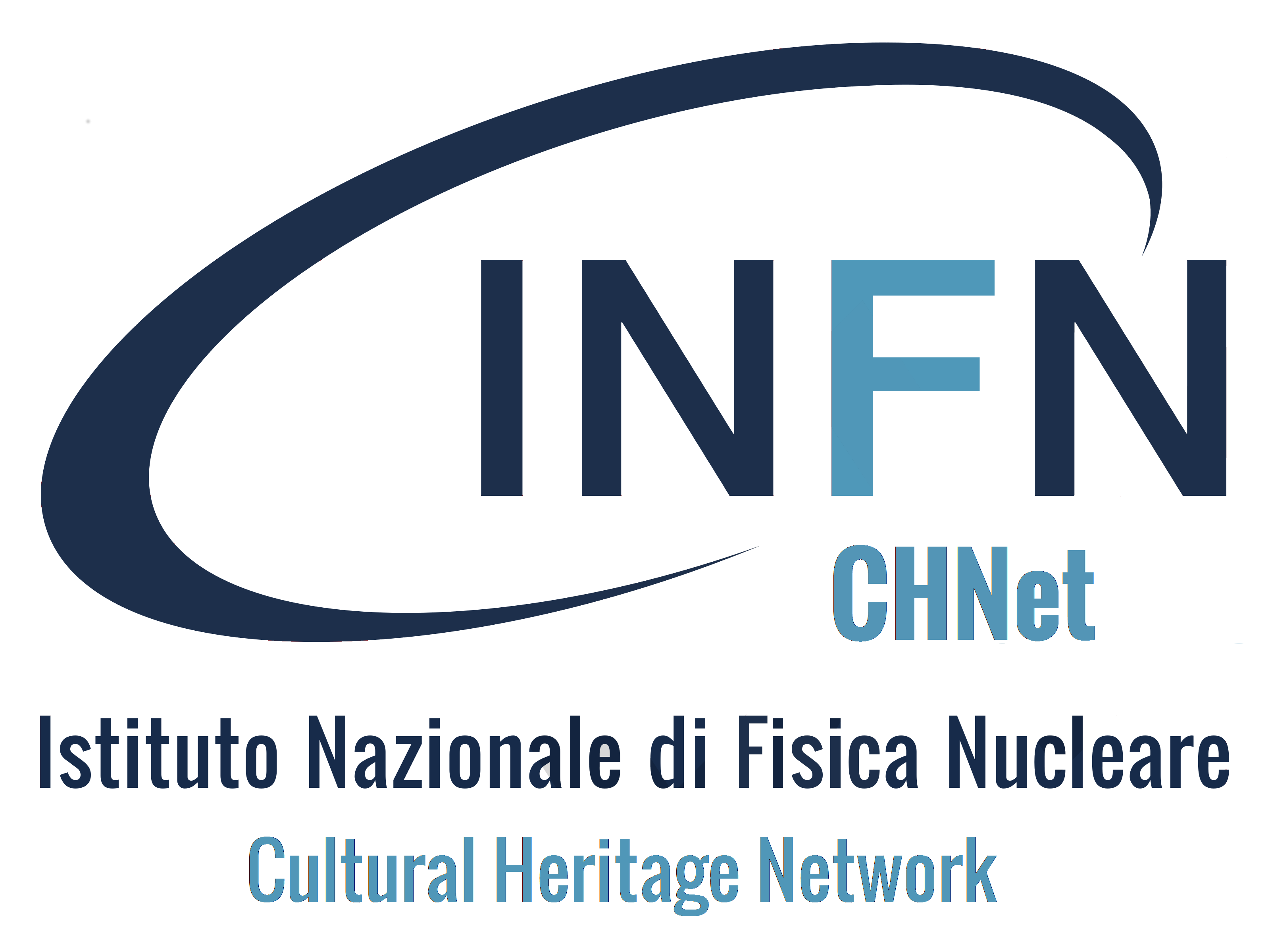Radiocarbon is the best known and most used natural chronometer for dating finds of organic origin. Coal, wood, plant remains in general, bones, natural textile fibres and shells can be dated by 14C. The technique is based on the measurement of the residual radiocarbon concentration in materials. In the framework of INFN-CHNet, this is possible thanks to Accelerator Mass Spectrometry (AMS), using the dedicated line installed at the Tandem accelerator of the INFN-LABEC in Florence. Thanks to AMS, we can minimize the mass of the sample to be collected. The typical sensitivity achievable with AMS is of about 10-15, setting the limit of the older samples that can be dated around 45000-50000 years. In the most recent period, or in the last 60 years, starting from 1955, interesting applications can be performed by exploiting the so-called Bomb Peak.
Thermoluminescence is one of the main dating techniques for inorganic finds such as ceramics, terracotta, porcelain, bricks, furnaces, fusion earths. It is in fact possible to date or authenticate materials of archaeological interest containing quartz or feldspar and which has undergone prolonged heating at temperatures of the order of several hundred degrees (and – for this reason – it is worth mentioning that the results obtained with thermoluminescence allow us to trace the last firing undergone by the find under analysis). In the case of authentication applications, approximately 200 mg of material constituting the product are usually collected. In the case of dating, on the other hand, a greater availability of material is required and it is fundamental that the find is “contextualized”, for instance it is mandatory to measure the environmental radioactivity of the place of discovery.
